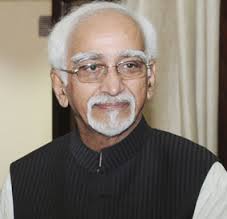Kaushal Kishore | Follow @HolyGanga
Nowadays proponents of Indian language are happy since Prime Minister Narendra Modi and External Affairs Minister Sushma Swaraj have delivered a series of lectures in Hindi on many platforms in India and abroad. Although Hindi and other regional languages are yet to get proper place in the central services, the govt. has initiated certain steps in this direction. Next year aspirants of Indian Forest Service can take the advantage of Hindi option in addition to the English during examination. Moreover, existing English language laboratories in the educational institutions can provide facilities for local language in the future. The spice of nationalism in this process can make the dishes all the more enjoyable. State governments in Maharashtra and Karnataka have been acclaimed due to the schemes of local language in practice. Now a similar trend is going to take place in certain other states and private sectors as well. The campaign for Indian languages are becoming stronger. Undoubtedly the people imparted education in regional languages will conveniently avail the services of the state. But these efforts on the name of language campaign will eventually destroy the reservoir of natural diversities and will also continue to be helpful in enhancing the all pervasive inequality.
Most of the leaders active during the middle age of freedom struggle had accepted Hindi as a language of the mass. They have promoted it as a medium of unity in the diversity of the country. The desired success is yet to be achieved, even after seven decades of the independence. There will be widespread impact on the status of English after proper placement of Hindi and other Indian languages in the state. The protest for this cause has been continuing for last three decades. One day, leader like Atal Bihari Vajpayee was also standing in its support. The govt. of Madhya Pradesh has started Atal Bihari Vajpayee Hindi University out of respect towards his views. But lack of students emerged as a new problem here on account of the employment related crisis. The groups involved in its establishment have started to find out the solution of the prevailing crisis. But there is no such organisations dedicated to address the crisis of dialects. Today primary oral tradition that has survived since the pre historic times in different parts of the country is breaking away. Once upon a time the Indian scholars actually used to be the proponents of the oral tradition itself.
Languages are born out of dialects. As such the connection between the language and the dialect is as clear as crystal. However the two are different things by nature defining the oral and written traditions. The sound is any noise available in the nature. After refinement these sounds take meaningful form of the dialects. This is an approach that never try to impose mastery on the nature. European scholar Ivan Illich has mentioned about the major issues pertaining to this subject in ABC: the Alphabetization of the Popular Mind. Repeatation is possible in the written tradition. However, the same is not possible in the oral tradition that cannot avoid relationship with time and nature in every effort of repeatation. The process of writing is capable to eliminate this relationship. The dialect turns into a language with the help of script and rules of grammar. In fact this is a political change. It’s very difficult to cultivate the tribes of oral tradition in its absence. The difference in expression of dialects and languages are yet another significant issue. The dialect is a freely flying bird, whereas the language is bounded in the imprisonment of script and grammar. If Mahatma Gandhi’s village of Hind Swaraj takes shape even in an imagination, it will be on the basis of dialects, not the languages. The dialects have been keeping the regional identities and diversities intact for several centuries. In the 21st century it’s not possible to say that the same tradition is going to continue in future.
Language and dialect are two different concepts more like civilization and culture. Its political economy can accurately define the equation between civil society and tribal or rural community. The system that developed for the civil society found to be sitting in the congregations are considered to be the civilization, and the traditions that evolved naturally among the local community have been given the name of the culture. However, the activities based on civilization are often referred as a cultural program today. By doing so the prestigious educational institutions have revealed the same politics, which has long been contesting against the people from all over the world with one and the same stick. This is the politics that taught how to test scholars on parameters of literacy. It played the significant role in accelerating the growing inequality throughout the world for a long time. This is a topic of serious study in itself. The research work pertaining to this issue will be able to blow the sharp minds like Capital in the Twenty-First Century by French economist Thomas Piketty. The system responsible for the prevailing order is limiting the use of words in the market place. This is surely going to have a negative impact on the indigenous diversity in future as well.
On this subject, the well-known scholar of Hindi, Namvar Singh is afraid of the premonition that one day we will forget our own dialects in future. I was tongue-tied in front of the people of my own village and community on this issue of language and dialect. Today it’s difficult to ascertain that to what extent we have forgotten the dialects of the village? This topic is giving pain while discussing with close friends. Recently I’ve urged, on the couple of occasions, to consider its seriousness on the forums related to Indian language campaign. It may have certain noticeable impact, if the Congress President Rahul Gandhi and other influential leaders, in addition to the Prime Minister and the External Affairs Minister, look into it. The thought on it can reintroduce certain questions on the margins that is neglected due to the politics of its own kind.
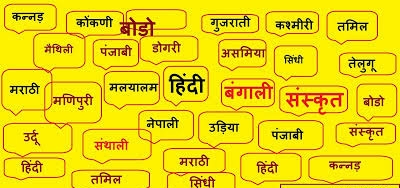




















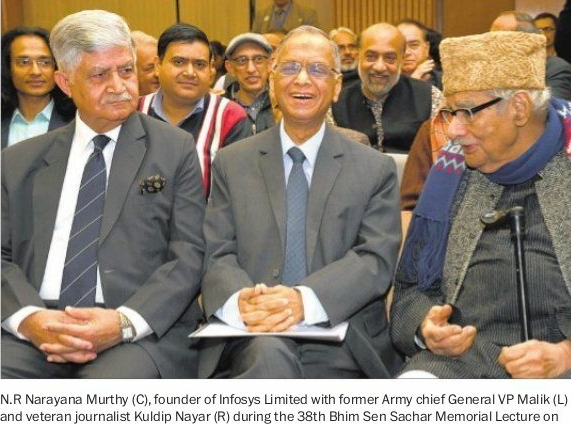

















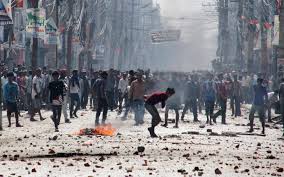

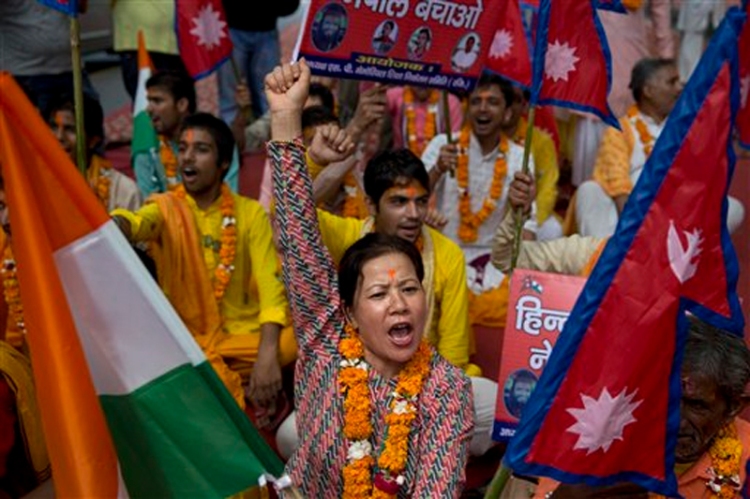
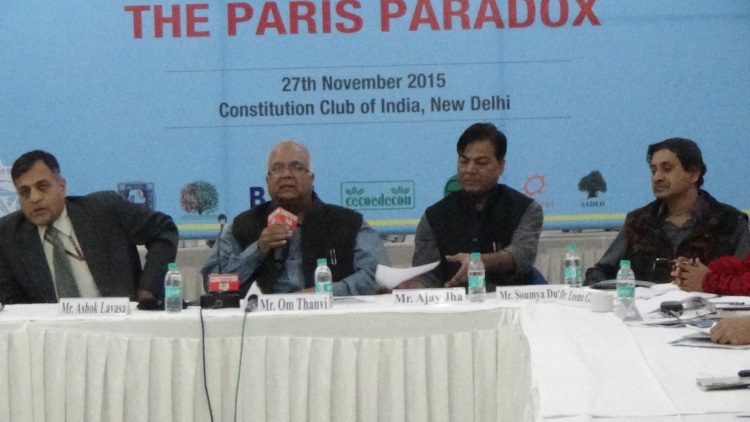
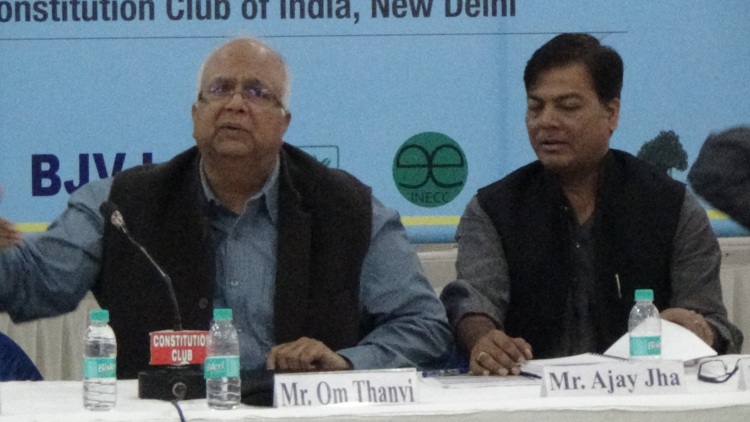
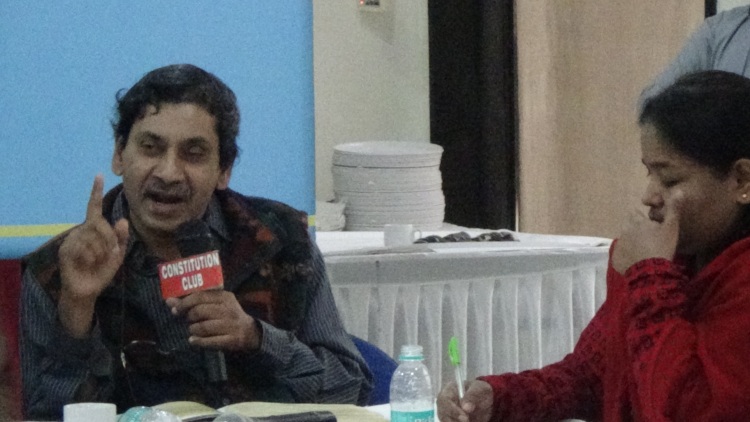
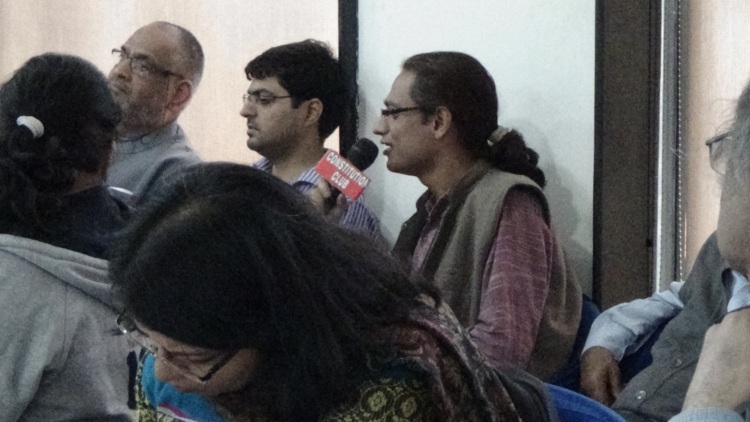



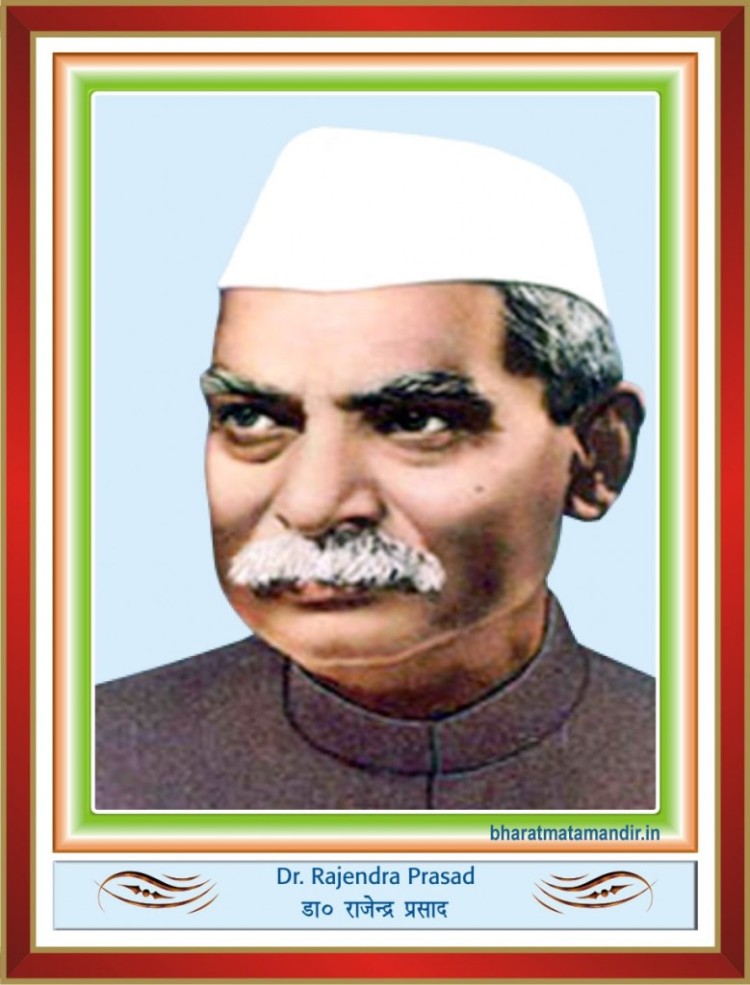 by R.K. Sinha
by R.K. Sinha
